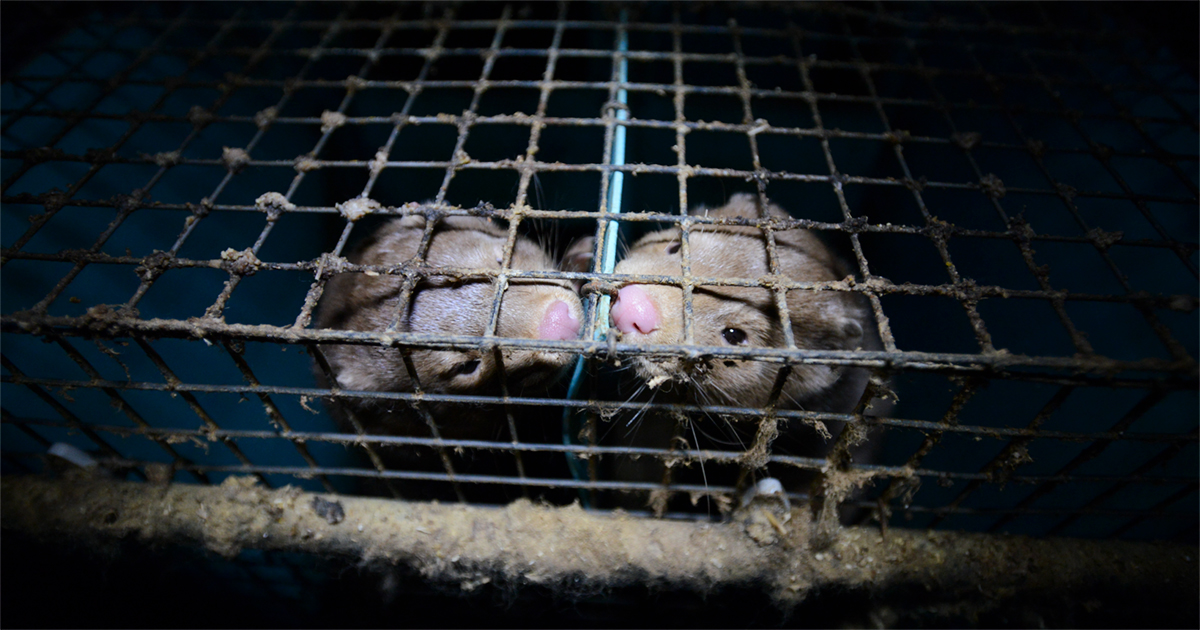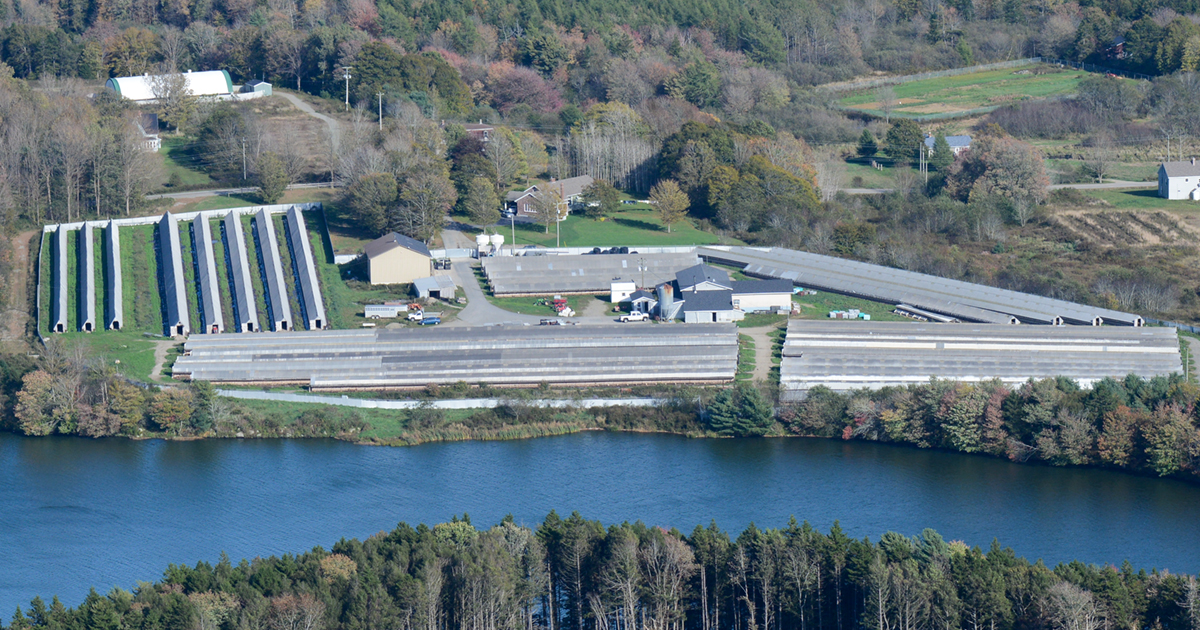
The markets have crashed. Demand is fleeting, at the best of times. And publicly, more and more suppliers are saying the product isn’t green: it’s outright inhumane. The only real question left now is how much more of your taxes are our governments willing to invest in their bet on mink farms?
As outlined in a recent CBC article (‘A booming niche industry goes bust, quietly taking millions in public money with it’), mink pelt prices remain low after a boom in 2013: from a high of over $250 million in sold pelts (at above $100 per pelt) to only $44 million last year (below the $45 “cost” to “produce” pelts). Unfortunately, the predictable losses in this commodity on an international market means that your tax dollars have been lost, too.
Following The Money
That’s because, as CBC reporter Richard Cuthbertson clearly explains, “A CBC News analysis of bankruptcy and government records suggests that, since 2014, upwards of $100 million in provincial and federal money has been spent in Canada trying, often unsuccessfully, to keep individual mink farms afloat, or is tied up in loans by Crown agencies that will likely never be repaid.
“Some of the cases are eyebrow-raising. One Nova Scotia mink farm is caught in insolvency proceedings for a second time, even after receiving millions of dollars in government aid. In another case, public money was used to pay a Toronto financial institution that lost millions to a bankrupt mink operation.”
Cuthbertson’s article also helpfully gives a general look at the agristability programs behind some of the funding, as well as how some farms individually took – and lost – millions of dollars.
What Led To The Crash
The market crash was predictable. Even the head of the Fur Harvesters Auction in North Bay knew it was coming: “When I seen it was a $100 a skin, I thought this is not sustainable. After all, it’s just a mink. They can produce them. It’s not like a rare diamond,” he told CBC.
The large markets in China and Russia dried up after the 2013 boom. The market was flooded locally and internationally. Investigations into fur farming around the world showed deplorable conditions, including mink self-mutilating and turning to cannibalism (in Canada, too). Consumers began rejecting fur as advocacy groups showed the truth. Fashion designers started dropping fur from their catalogs. Trapping and fur farming is being banned in various regions around the world as the cruelty inherent in the commercial fur industry becomes more visible. Even Canada Goose is stating they will no longer purchase new fur.
The world was deciding to #MakeFurHistory – and the fur industry refused to adapt.

Photo: Aerial view of a sprawling mink farm in Nova Scotia. Note how close it is to the water and other properties.
What’s Next In Canada?
Despite the mounting evidence of this industry’s instability and its inherent inhumane nature, governments continue to bet on fur farms.
As noted in the CBC article, fur farms and the Agriculture minister in Nova Scotia believe there will be a turn around – despite the catastrophic losses and inability to pay back large sums already borrowed. The government of BC is yet to respond to The Fur-Bearers’ demands for information on their plan to manage 13 mink farms that have gone uninspected since 2018 that could be housing COVID-19, as seen in Europe.
Take Action
We want to see Canada – and the world – #MakeFurHistory. We will be presenting new opportunities for you to voice your concerns and demand better from our leaders. For the latest action alerts and advocacy opportunities please click here.
